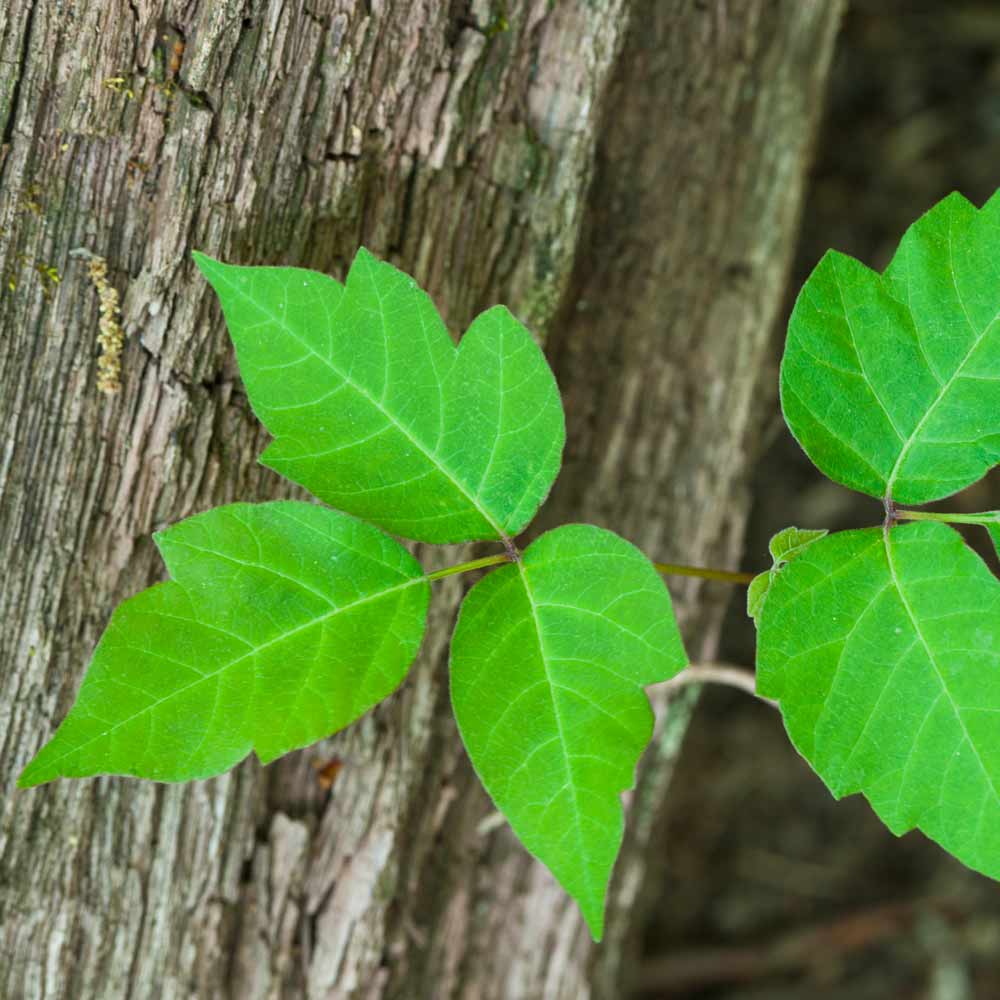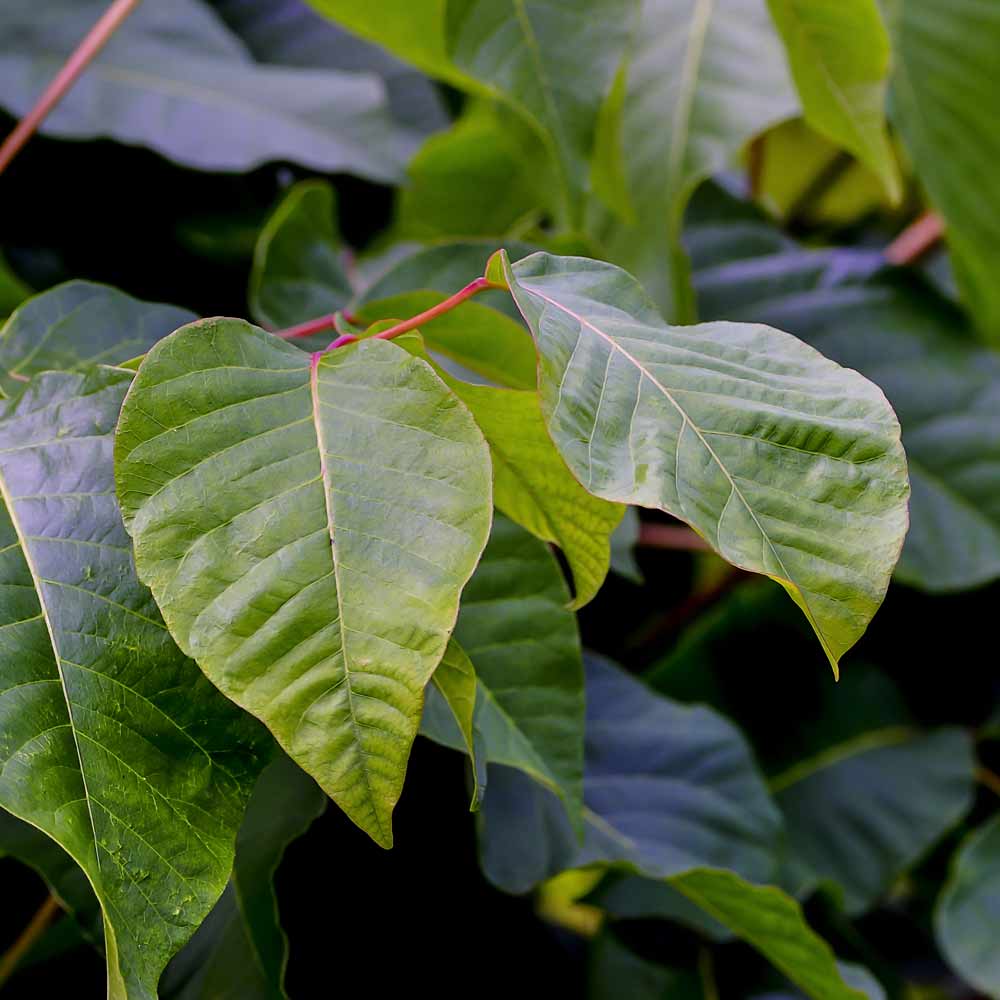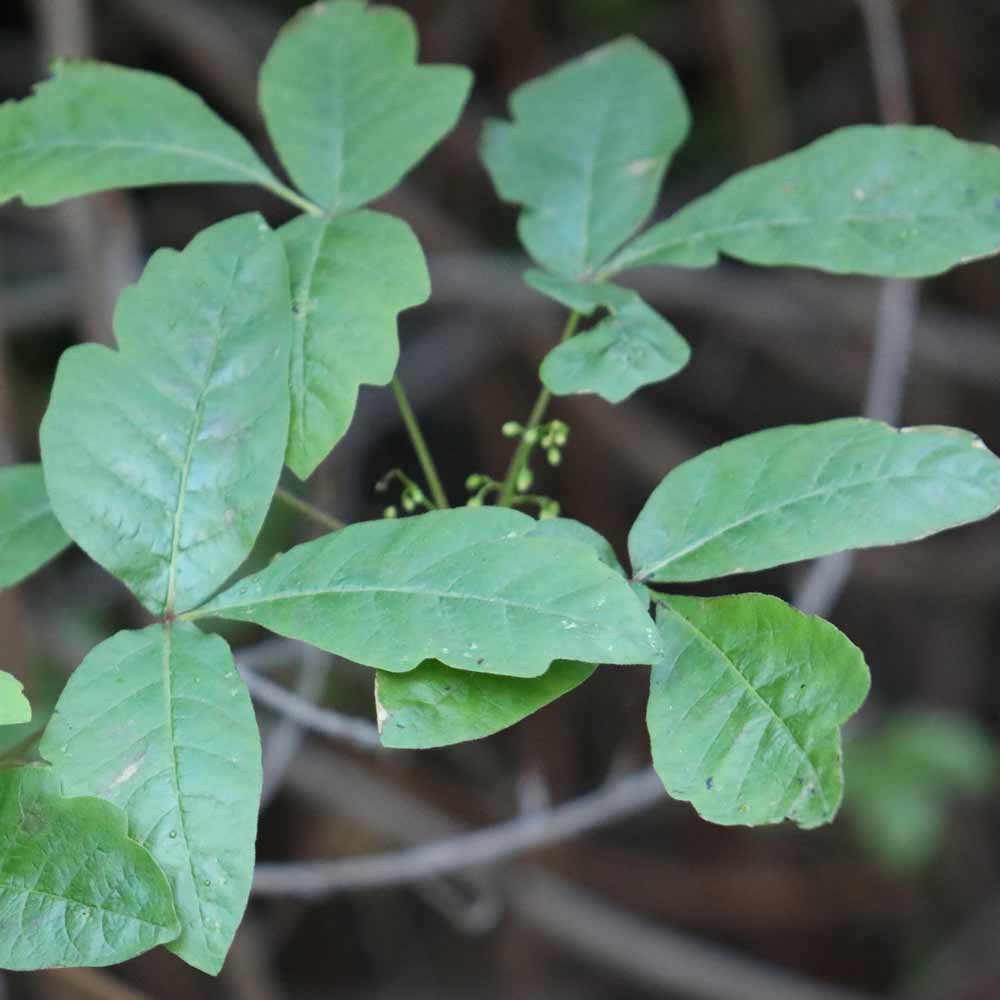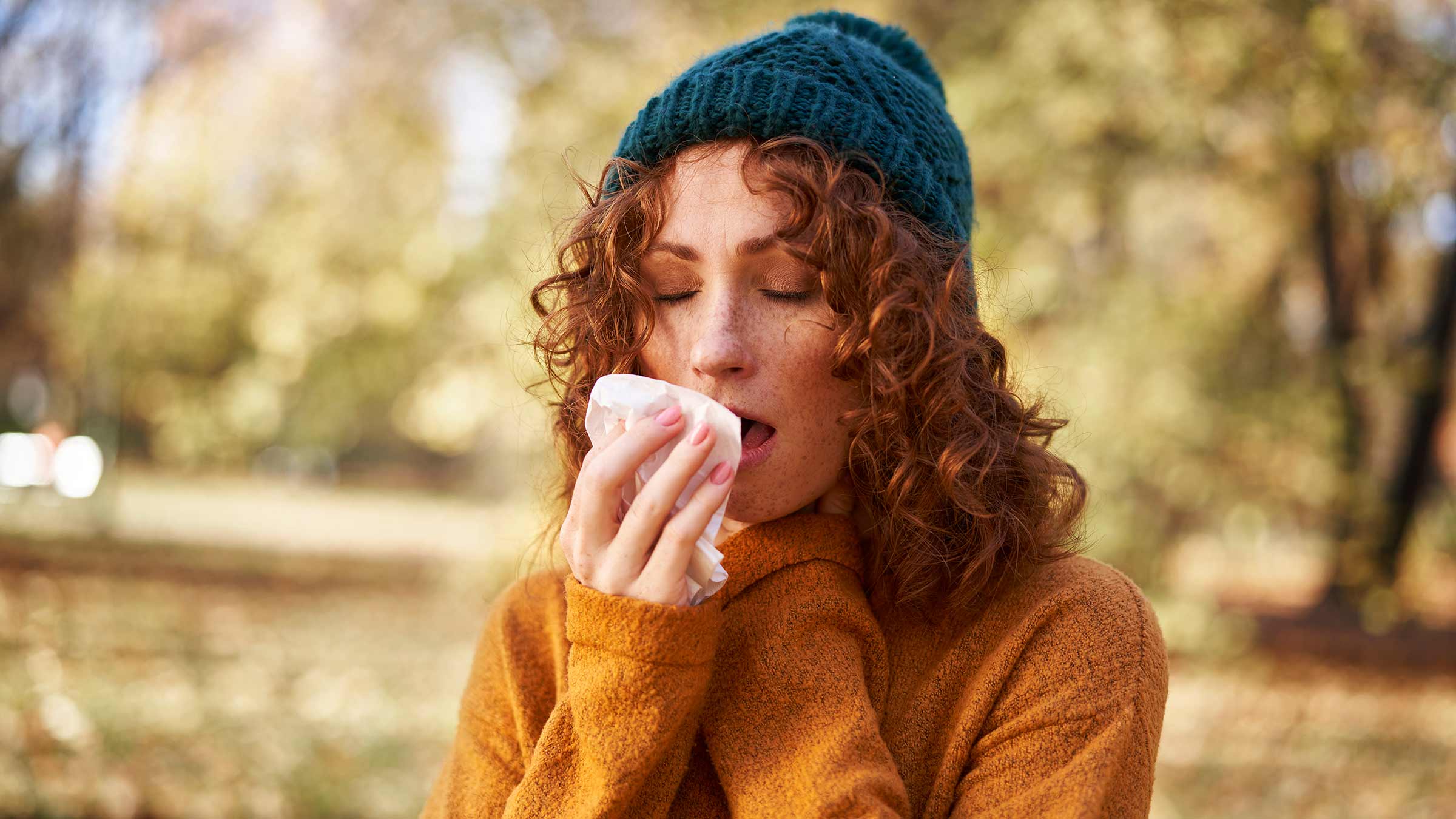
Nothing spoils your outdoor adventure faster than a bee sting, mosquito attack or tick bite. Even worse, you may find out hours later that you had an accidental brush with poison ivy.
No matter what the cause, we’re here to help. Polish up on some basic prevention and treatment tips for these troublesome annoyances — especially when we’re thinking more about those mosquito bites this year because of the rise in mosquito and tick-borne illnesses.
It starts with good protection, from clothes to bug spray, then being diligent in what to look for if you do start to have symptoms.
Bites
Some ticks and mosquitoes can transmit diseases. Your best line of defense? Put a barrier between your skin and the insects which includes protective clothing and the appropriate insect repellent. Second, know what to do when you notice a bit or rash and when to seek medical attention.
To prevent bug bites:
- Anytime you’re going to be outdoors, whether that’s a backyard barbeque or camping for the weekend, be prepared. Wear protective clothing whenever possible including love sleeve shirts, pants, and especially a hat.
- Use DEET-based insect repellents. DEET is approved for safe use in everyone — children and pregnant women included — except for infants two months and younger. Read instructions carefully to apply the right amount at the right concentration: 10% to 35% DEET is recommended for kids by the American Academy of Pediatrics.
- Eliminate or avoid standing pools of water.
- Keep a close eye on exposed skin for ticks when you’re in the woods, and do a thorough, whole-body skin check after you return. Have a family member or friend check your scalp. A tick that’s walking on your skin, not yet attached, isn’t transmitting any illnesses. Ticks that are firmly attached to the skin are feeding on you, and removing ticks early is the key to preventing illness.
Bug bite treatments:
- Remove ticks as quickly as possible, ideally within 48 hours of the exposure. That’s most important. Getting as close to the skin as you can is crucial for removal, so fine-tipped tweezers are ideal. The tweezers should grasp the head of the tick and avoid the tick’s body. Pull up firmly, but gently, and avoid squeezing or puncturing the tick’s body. If the head or mouth parts remain in the skin, do not dig them out; this can cause worsening skin infections. They should fall out on their own.
- A bull’s-eye rash, usually around the area of the bite (but anywhere on the body), that develops after a tick bite could indicate Lyme disease; seek medical treatment quickly.
- Use cool compresses on mosquito bites and an antihistamine, if needed, to reduce the itch-scratch cycle.
- Control yourself — scratching bites can feel good in the moment, but damaged skin could leave a scar, and dirty hands could cause an infection.
- Visit a walk-in clinic or your primary care physician if a bite appears infected.
Rashes
This won’t give you much comfort: The resin that causes the itch from toxic plants, such as poison ivy, poison oak or poison sumac, is their self-defense.



To prevent rashes:
- Use these illustrations to help you identify the plants.
- Wear clothing that covers your limbs when gardening or spending time in the woods.
- Are you a novice or expert gardener? Always wear protective gardening gloves. They can be fashionable and protective!
- Wash with soapy water immediately after gardening or any possible exposure to remove any oily residue containing toxins. The sooner you wash it off, the less chance you have of a reaction.
- Clean or discard anything else that was exposed — gardening tools, gloves or the clothes you wore. The toxin can live on these items for a long time.
Treatment for rashes:
- A reaction to a toxic plant like poison ivy, when mild, is something your body can take care of on its own. Using over-the-counter hydrocortisone cream and antihistamine is a good first-line treatment.
- See a medical professional if your reaction is severe. You may need a prescription hydrocortisone cream and possibly a steroid.
- The reaction from the oil of these plants can last a long time — up to three weeks — so don’t get discouraged if it’s not going away quickly or if it gets worse before it gets better.
- The rash itself isn’t contagious; no need to worry about washing towels and sheets unless they have the actual plant oil on them.
Stings
Bees, wasps, hornets and yellow jackets — we need them for plant pollination, but boy, do they cause a sting.
To prevent being stung:
- Wear less fragrance and leave your colorful, flowered clothing in the closet.
- Avoid rapid movement around them and don’t swat. Really — they’ll feel threatened and become more aggressive. Stay calm and they’ll go away.
Treatment after being stung:
- Check to see if the stinger is still in your skin. Use tweezers to remove it and avoid picking or scraping the skin.
- Wash any damaged skin with soap and warm water, then apply cool compresses. Reduce any swelling with an antihistamine cream.
- Call 911 or head to the nearest emergency department if you experience swollen lips or a swollen tongue or have difficulty breathing or swallowing. Those signs could indicate a severe, possibly life-threatening allergic reaction.
- Continue to monitor that area of the skin for any redness, pain, worsening pain or swelling. Those symptoms can be signs of an infection.
The bottom line
So, now you’re an expert on things that bite, itch and sting. Using these tips and tricks can lessen symptoms of bites, itches and stings and even save your life.
Next time you’re on a hike, at a neighborhood cookout or even pruning your bushes, think back to these tips. And don’t forget to share your expert knowledge with friends and family.

Life can be unexpected
When you need care fast, know which Ohio State location to choose.
Find urgent care



